The Petri 7s is a manual, fixed lens rangefinder camera typical of the 1960 and 70s. It has a 45mm f/2.8 lens; a maximum shutter speed of 1/500 of a second plus, a built-in selenium light-meter. Keen to try a fixed lens rangefinder style camera I ended up buying three and managed to get two working examples.
I loaded a roll of Fuji Xtra Superior 400 into one of the working Petri’s and took it out for a spin. Everything was fine for the first dozen frames or so and then the focusing ring jammed.
I transplanted the film into my other working Petri and carried on using that one. This time, I made it to the end of the roll without an issue, although my confidence in this camera was now low.
Overall, I found the Petri to be underwhelming – finishing the roll was hard work. Reliability issues aside, it’s large, heavy camera and difficult to focus – the rangefinder patch is dull and indistinct. Saying that, I didn’t lose any shots through poor focusing. The build quality isn’t particularly stellar, either. The body feels solid enough, but the lens assembly feels a bit cheap and fragile. On the plus side, the lens itself is OK, it’s certainly sharp enough. And the short focus throw and focusing tab are a nice touch. The built-in light-meter was also accurate, which surprised me.
Would I recommend one? No, not really. They’re cheap and not that cheerful. I won’t be using my 7s again.
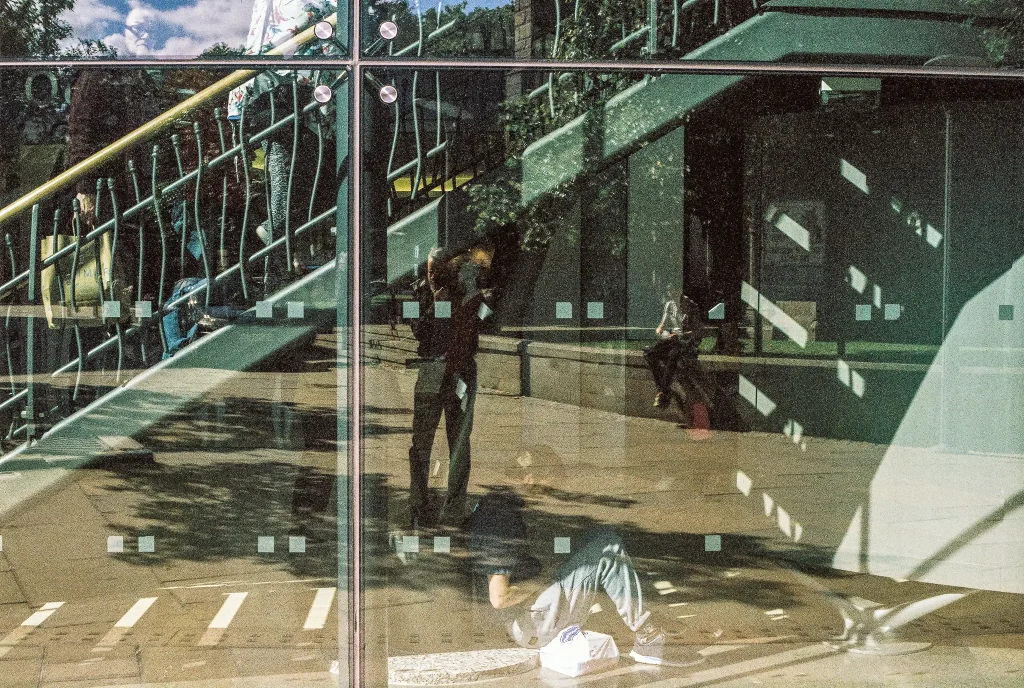
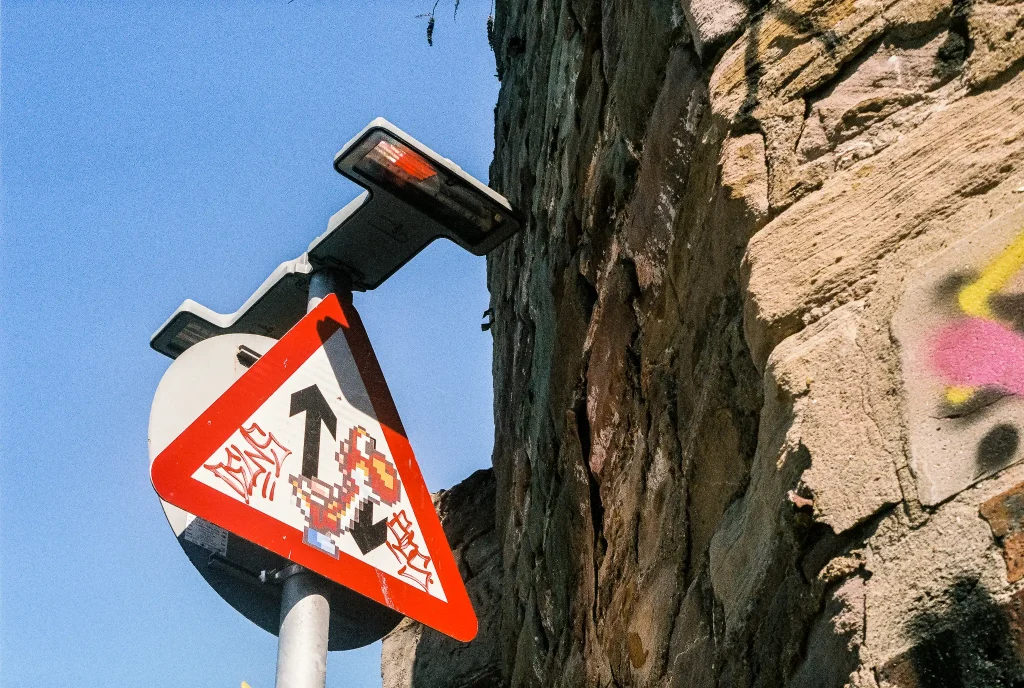
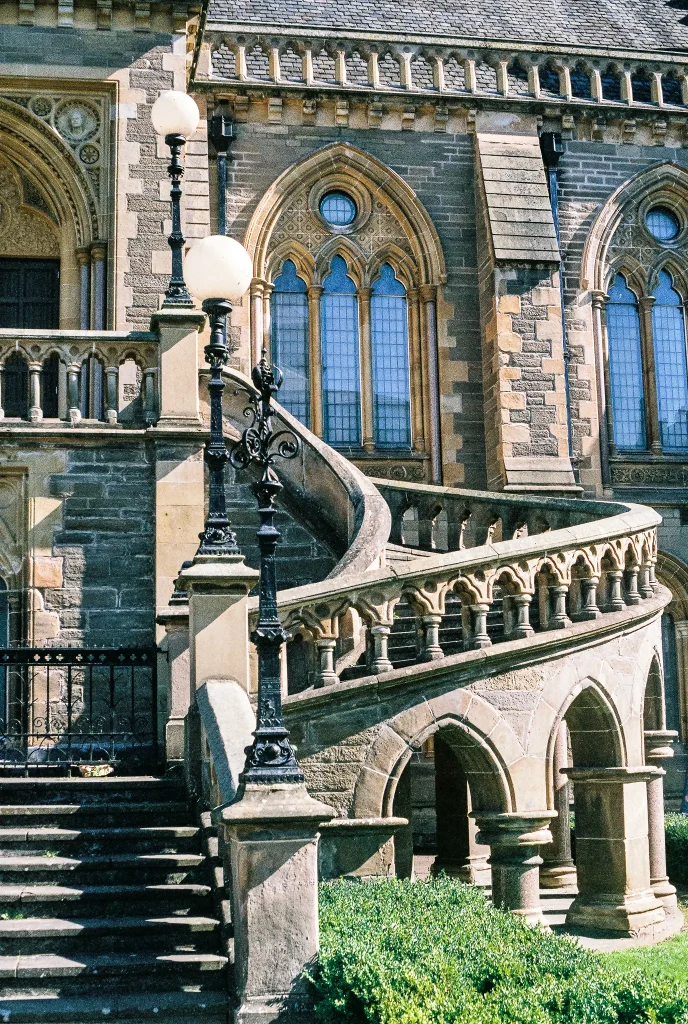
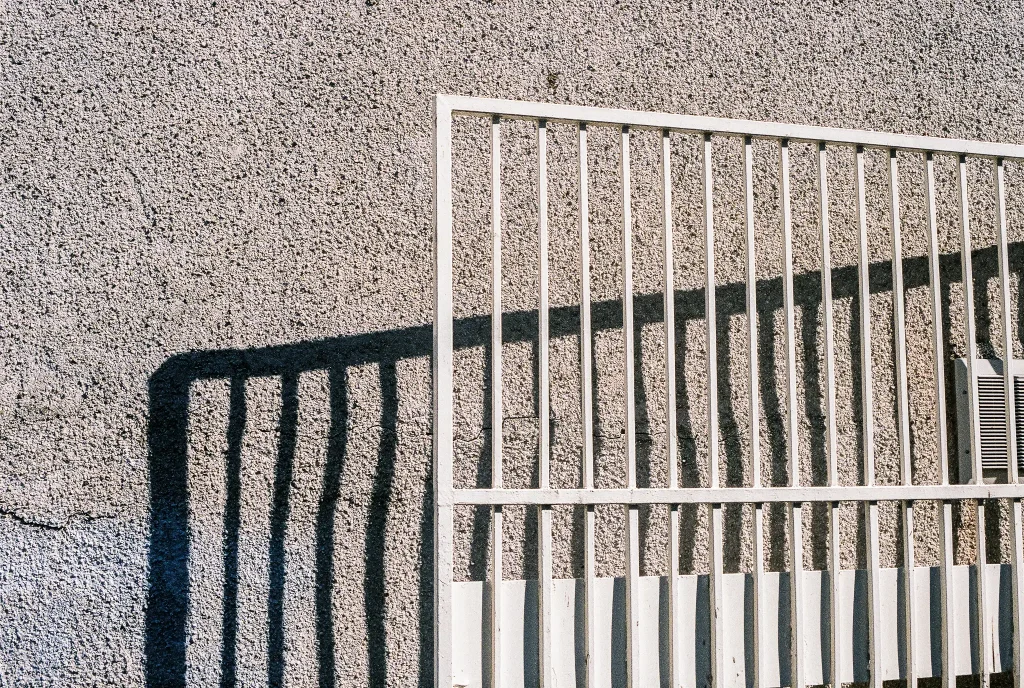
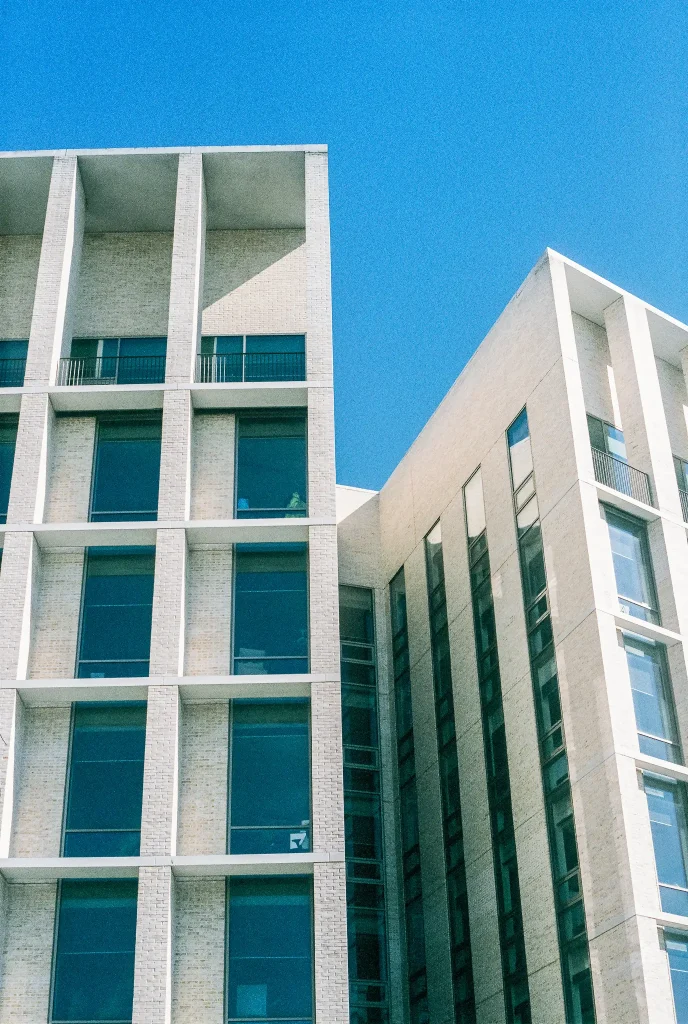
Share this post:
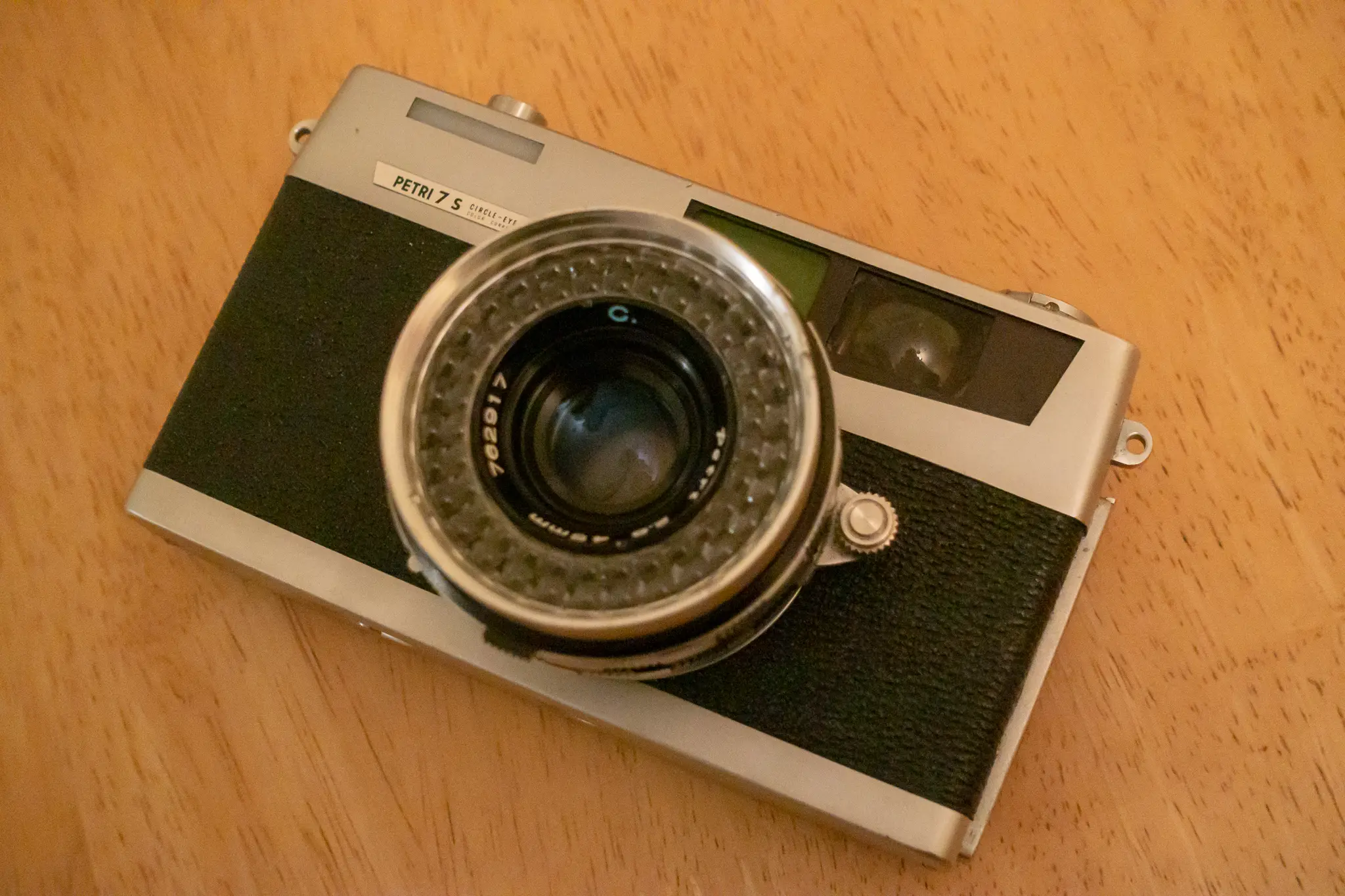
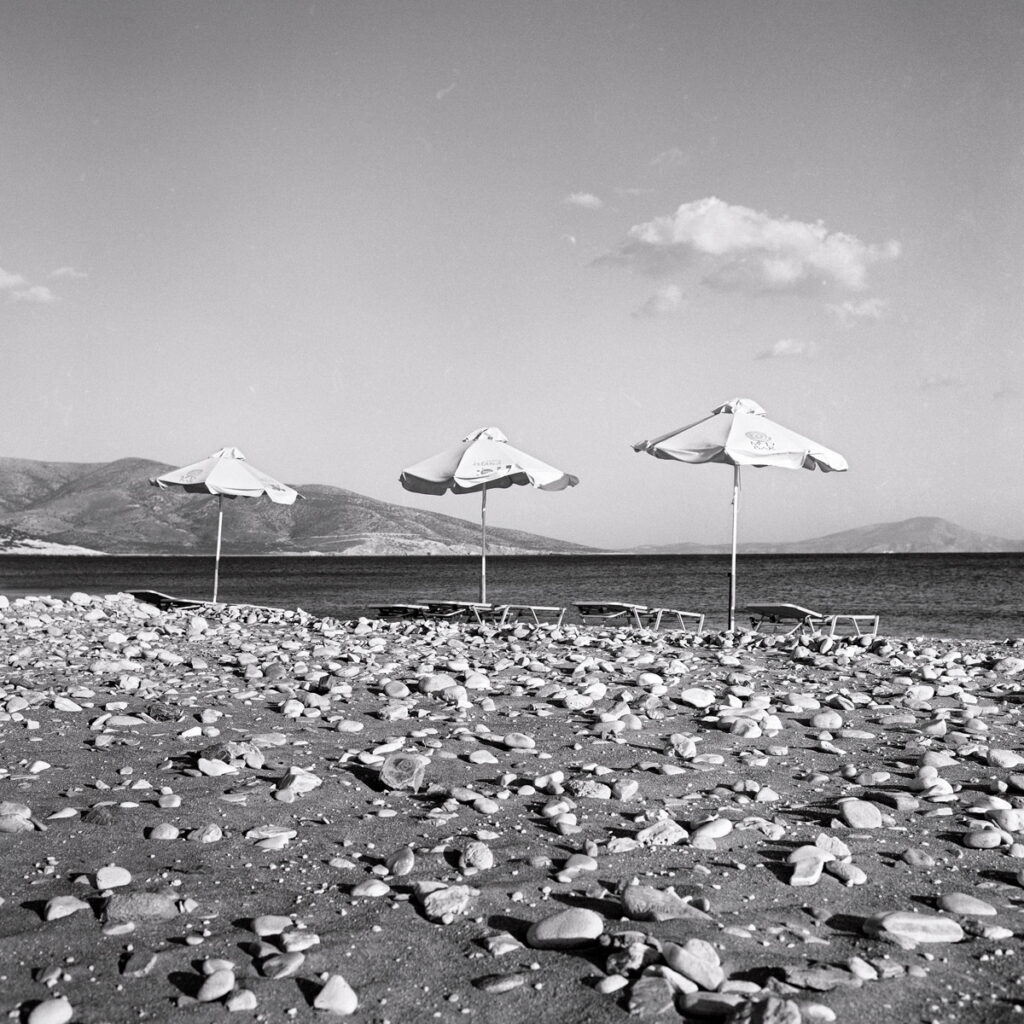
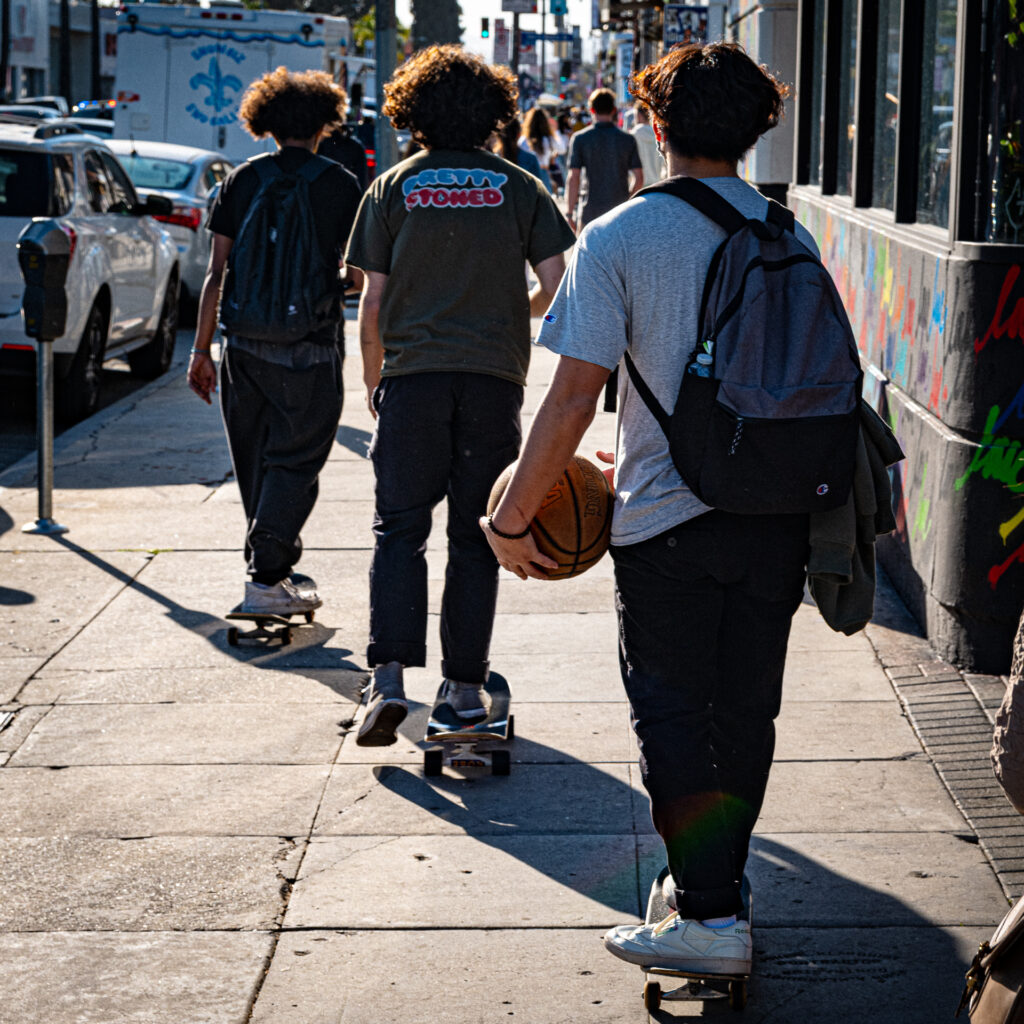
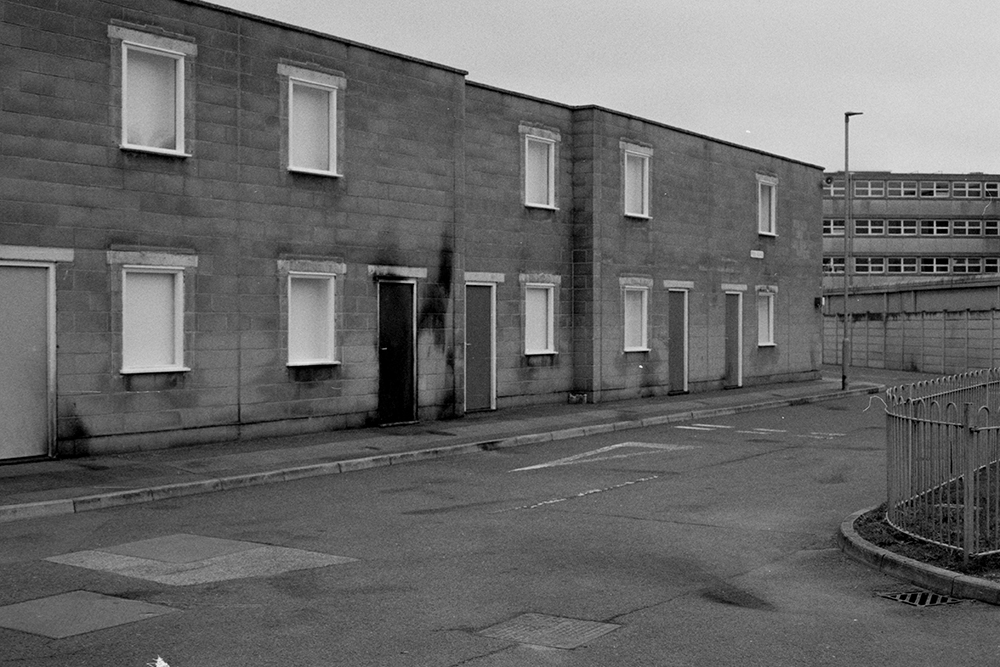
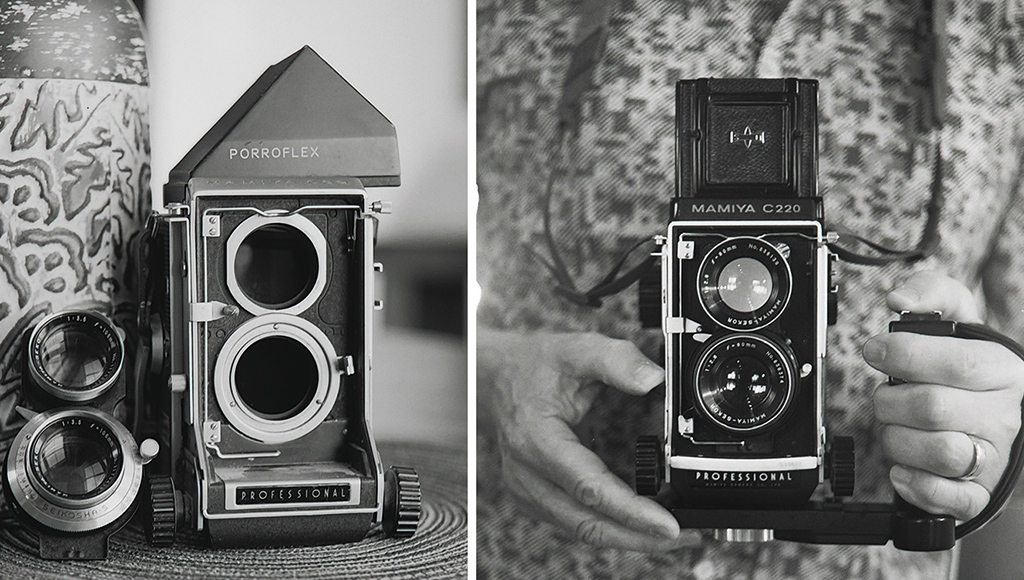




Comments
Art Tafil on 5 Frames With the Petri 7s – by Barry Carr
Comment posted: 24/11/2018
Kodachromeguy on 5 Frames With the Petri 7s – by Barry Carr
Comment posted: 24/11/2018
Comment posted: 24/11/2018
Comment posted: 24/11/2018
Michael S. Goldfarb on 5 Frames With the Petri 7s – by Barry Carr
Comment posted: 05/01/2022
Of course, the lens on this camera isn't in same the league as the Nikkors and Zuikos I mostly shoot. It's no Leica - it's not even a Canonet! But for a camera for the amateur market that only cost $60 in 1962, it's not bad!